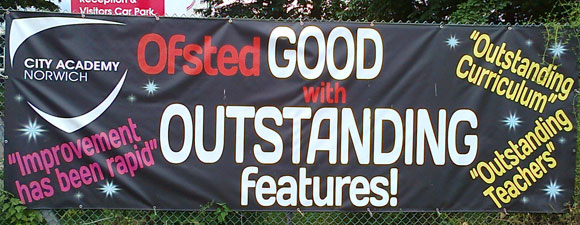Whose tone of voice is it anyway?
Shortly after the PCN launch, we were flattered to receive a tweet from Tim Rich (one of the founders of writers’ collective 26) congratulating us on its ‘nice tone’. But it got me thinking: what was the PCN’s tone?
Since we hadn’t really considered it, and I’d written most of the site myself, I supposed it must be mine. But that raised another question. What is my tone of voice? Do I even have one?
Taking my own medicine, I’d identify ABC Copywriting’s brand values as ‘professional’, ‘versatile’ and ‘approachable’. (Those values might be aspirational, but whose aren’t?) Looking at the way I write on this blog, I’d say those values translate into a tone that’s semi-formal, eclectic and humorous, respectively.
The writer’s voice
Gabriel Byrne once said that all actors play themselves. Certainly, if we look at his own work, we can recognise some very consistent values – bruised, brooding, complicated. That’s why his phone doesn’t ring when they’re casting the next Amanda Seyfried rom-com.
When I write for clients, I aim for the tone that’s right for them. But I can’t escape the fact that I’m more competent in my comfort zone. The closer the target tone is to my own natural tone, the easier it will be for me to achieve it.
As a result, I naturally gravitate towards a certain type of work – typically, B2B or technical brands who want to warm things up a bit. Although I’d love to do some wackywriting for Skittles or Money Supermarket, I probably won’t be asked to. If copywriting is like acting, those roles are outside my range.
The client’s voice
So much for the writer’s natural voice. What about the client’s? What would it be like if they spoke for themselves, instead of hiring an ‘actor’ to do it for them?
Sole traders write their own Yellow Pages ads, but, with the greatest respect, they’re not gambling with a whole lotta brand equity. For an example of someone playing for real money, have a look at this poster, which is hanging outside City Academy in Norwich as I write.
If you’re a marketing professional, you’re probably smiling already. It’s like a greatest hits compilation of things you’d never do: the ‘space’ background, the cramped layout, the coloured text (set at 45º), the colossal logo, the exclamation mark! I think we can say, with some confidence, that this poster was produced in-house.
However, that gives it something that Old Spice didn’t have: it directly expresses the authentic voice of the organisation, with no mediation by a third party. And it communicates something the audience really wants to know.
First and foremost, the Academy’s sheer pride at their Ofsted thumbs-up shines through, making any pretence of sophistication irrelevant. From that manifest emotion, we can infer that the Academy’s staff have worked long and hard for this accolade, perhaps starting from a difficult place (‘improvement has been rapid’). And from that in turn, we can infer that they are enthusiastic, dedicated and professional.
Enthusiastic, dedicated and professional. Three killer brand values for a higher-education establishment. But the route by which they were communicated is not the one that marketing pros would have taken.
In fact, in our eyes, the chosen design would embody the exact opposite of those values. Most likely, we’d dismiss it out of hand, ease off on the direct Ofsted quotes and get a decent headline on there, ideally set in something warm yet professional like our old friend Helvetica Light. Designwise, we’d be looking for something positive, clean and aspirational. Not twinkly stars in space.
In other words, instead of taking the client’s values to market as transparently as possible, we’d be more concerned with smothering the their concept of professionalism with our own. Like well-meaning parents who micromanage their children’s drawings with suggestions and embellishments, we wouldn’t be able to resist ‘improving’ the work.
The brand’s voice
So this is where ‘brand tone of voice’ exists – somewhere between the writer’s natural voice, the client’s natural voice and how they each feel the brand ‘ought’ to sound. Optimists would view this as a creative tension; pessimists might argue that it’s a destructive compromise. It’s probably different for every brand.
It’s hardly surprising that tones of voice end up being adopted reluctantly or unevenly (as documented in this post). Little wonder, too, that clients chop and change between agencies, turn their marketing strategies 180º on a dime or violate their own brands with work sourced from multiple suppliers. For how can you own something that was never really yours in the first place?
Comments (1)
Comments are closed.


I really enjoyed reading this – thank you. It articulates some of my rather more vague ponderings on the subject and avoids mentioning Innocent (a staple reference for most TOV articles recently). The Norwich banner is an excellent example, and reminded me of another – the award-winning and brilliantly bonkers http://www.lingscars.com/ .